Reviewed by Julianne Ngirngir
So…Google watches Samsung dominate foldables for half a decade, then drops two phones that suddenly have everyone asking "Galaxy Z what?" The Pixel 9 Pro Fold didn't just iterate on Google's original foldable—it rewrote the playbook entirely. Starting at $1,799, it undercuts Samsung's $1,900 Galaxy Z Fold 6 while delivering what many consider a superior experience. The numbers tell the story: foldable shipments hit 25 million units in 2024, up 37.6% year-over-year, but it's Google's engineering revolution that's reshaping expectations for what these devices can be.
The hardware transformation that actually matters
Let's start with the most obvious upgrade: Google shaved 1.5 millimeters off the folded thickness and somehow made it the thinnest foldable on the market at just 5.1mm when open. But here's the kicker—this isn't just about bragging rights. The 20:9 aspect ratio outer display finally makes the Pixel Fold feel like a normal phone when closed, something the original's awkwardly wide design never achieved.
Think about what that means in practice: you can comfortably text one-handed, navigate apps without stretching your thumb, and actually use the device folded for 80% of your daily tasks. The original Pixel Fold's wide, tablet-like proportions made it clunky as a pocket phone—Google's fix addresses the single biggest usability complaint from first-generation users.
The real engineering story lives in the details Google's competitors still haven't mastered. Custom thinner haptics driver, check. Smaller USB-C port to save precious millimeters, done. More durable hinge that actually unfolds completely flat? Finally. Where Samsung kept iterating minor refinements on the same basic form factor they introduced in 2019, Google questioned every assumption about foldable architecture.
The display upgrade deserves special attention: 8-inch Super Actua Flex display versus Samsung's 7.6-inch panel, with both hitting 2,700 nits peak brightness. Google's extra screen real estate translates to 65% more viewable area for productivity work compared to traditional flagships—that's the difference between cramped multitasking and genuinely useful split-screen workflows.
Why the camera specs tell a deeper story
Here's where Google's DNA really shines through. The 48MP main, 10.5MP ultrawide with 127-degree field of view, and 10.8MP 5x telephoto setup doesn't just match Samsung's hardware—it demolishes it in real-world testing. Tom's Guide ran over 250 comparison shots and awarded Google 9 rounds to Samsung's 3, despite Samsung's 50MP main sensor having higher resolution on paper.
Those nine winning rounds weren't flukes—they represent Google's computational photography algorithms finally working their magic on foldable hardware. While Samsung focused on megapixel counts and hardware specs, Google doubled down on the processing pipeline that made their regular Pixel phones camera champions. The result? Superior low-light performance, better color accuracy, and more natural portrait mode effects, even when Samsung's telephoto technically reaches 30x versus Google's 20x maximum zoom.
The secret sauce isn't the hardware—it's Google's years of machine learning development finally coming to foldables. Pro-level camera tools like Video Boost and Pro Controls that were missing from the original Fold now work seamlessly across both screens. Samsung's 30x max zoom edges out Google's 20x, but good luck getting a usable photo at those extreme levels without Google's processing algorithms cleaning up digital noise and camera shake.
Even the selfie game got an upgrade: dual 10MP front cameras versus Samsung's awkward 4MP under-display inner camera that still looks like it's shooting through frosted glass.
The performance equation: power versus practicality
Let's address the elephant in the room: Google's Tensor G4 gets absolutely demolished by Samsung's Snapdragon 8 Gen 3 in synthetic benchmarks. But here's what those numbers don't tell you—Google compensated with 16GB of RAM versus Samsung's 12GB, and the real-world experience reflects it.
During extended multitasking sessions—the primary reason you'd buy a foldable—that extra RAM makes all the difference. Apps stay loaded in memory longer, split-screen performance remains smooth under heavier workloads, and the infamous Android "reloading apps" frustration virtually disappears. Samsung's raw processor advantage matters less when you're constantly bumping into memory limitations.
Battery life: the endurance champion
The 4,650mAh capacity beats Samsung's 4,400mAh, and CNET's battery tests show the Pixel dropping from 100% to 96% after 45 minutes versus the Fold 6's drop to 93%. That's meaningful endurance for a form factor where every percentage point counts. When you're paying premium prices for a device designed around productivity, all-day battery life isn't optional—it's essential.
Charging speeds: Google's persistent weakness
The charging situation remains Google's Achilles' heel: 21W wired charging feels prehistoric when competitors are pushing 100W+ speeds. But Google's focus on wireless charging optimization and IPX8 water resistance shows they're prioritizing durability over speed specs—a trade-off that makes more sense for a $1,800 device you'll likely keep for years.
The durability reality check that nobody talks about
Here's where things get complicated. JerryRigEverything's torture test revealed the same weak points that plagued the original Fold—those antenna lines near the hinge remain vulnerable, and the cover screen can still pop off under extreme stress. Samsung's Z Fold 6, meanwhile, survived similar testing with its halves locking out rather than catastrophically failing.
But Google's playing a different game entirely. While Samsung focuses on preventing failure, Google's embracing the inevitability of repairs. iFixit called it "the most exciting foldable" they've torn down, with easily replaceable USB-C ports and SIM trays, uniform screws throughout, and official repair guides with $200 screen replacements through iFixit partnerships.
The Gorilla Glass Victus 2 outer screen starts showing wear at level 6, while the Ultra Thin Glass inner display scratches at level 2—about what you'd expect from any foldable. The difference is Google's admission that these devices will eventually need repairs, and their infrastructure to handle it affordably and transparently.
What the market momentum actually reveals
The broader context makes Google's achievement even more impressive. Samsung still commands 90% market share across major regions, but that dominance is eroding as competitors like Google deliver compelling alternatives. Global foldable shipments are projected to hit 45.7 million units by 2028, and Google's timing couldn't be better.
Here's the fascinating part: 55% of foldable owners return to conventional smartphones during their next upgrade, suggesting the form factor still hasn't reached mainstream usability. Google's approach—making the outer screen actually usable as a daily driver—directly addresses this pain point. The 20:9 aspect ratio means you can live on the outer display for messaging, calls, and quick app interactions, only unfolding for productivity tasks, media consumption, or when you genuinely need the extra screen real estate.
Meanwhile, consumer research shows three in five smartphone users are interested in foldables, driven by battery life, price, and durability concerns. Google's $100 undercut of Samsung's pricing, combined with seven years of guaranteed updates, positions them perfectly for mainstream adoption as early adopters influence broader market acceptance.
Where foldables go from here
The Pixel 9 Pro Fold represents something bigger than just Google catching up—it's proof that the foldable category can evolve beyond Samsung's original vision. iFixit's teardown revealed Google's "logical and intuitive layout" with uniform 3 IP screws making repairs accessible to regular users, not just technicians. Compare that to Samsung's approach, where a cracked screen often means replacing the entire device or facing repair costs that approach the price of a new phone.
The software story deserves credit too. While Samsung's been optimizing One UI for foldables since 2019, Google's Android 15 implementation feels more cohesive, especially with Gemini AI integration baked in from day one. Seven years of guaranteed updates means this device has staying power that matches its premium pricing.
PRO TIP: If you're considering the jump to foldables, the Pixel 9 Pro Fold's strengths—better outer screen, superior cameras, and actual repairability—matter more for daily use than Samsung's benchmark advantages.
Google didn't just catch up to Samsung in two generations; they leapfrogged them in the areas that actually matter for mainstream adoption. The question now isn't whether Google can compete in foldables—it's how quickly Samsung will respond to Google's completely different approach to what these devices should be.





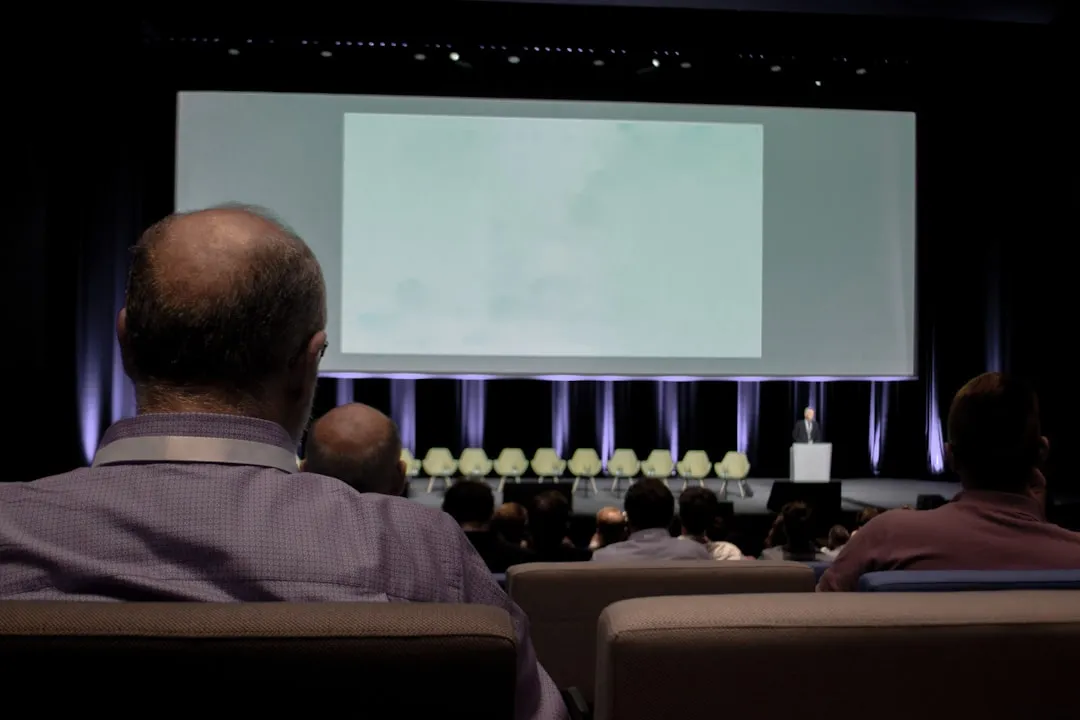
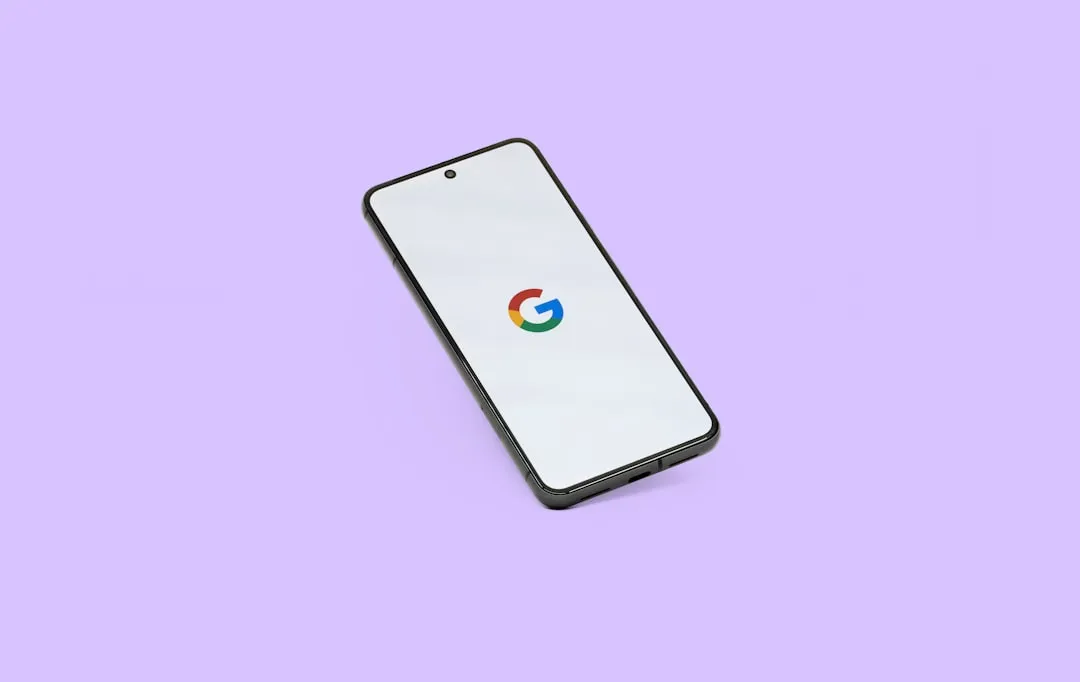

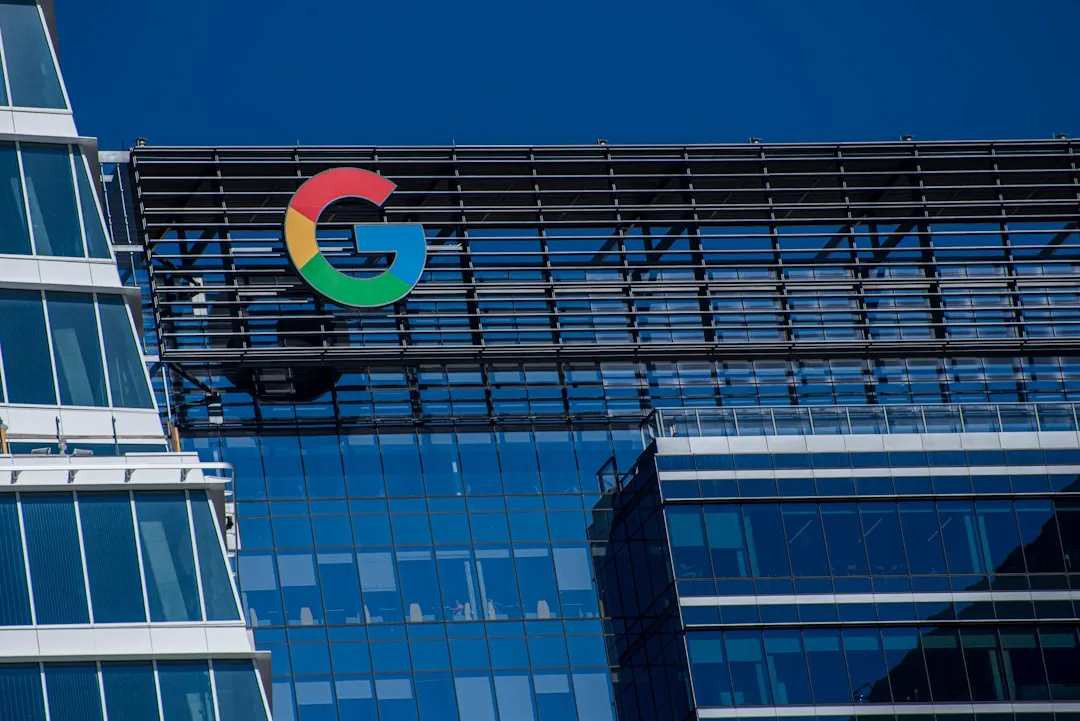
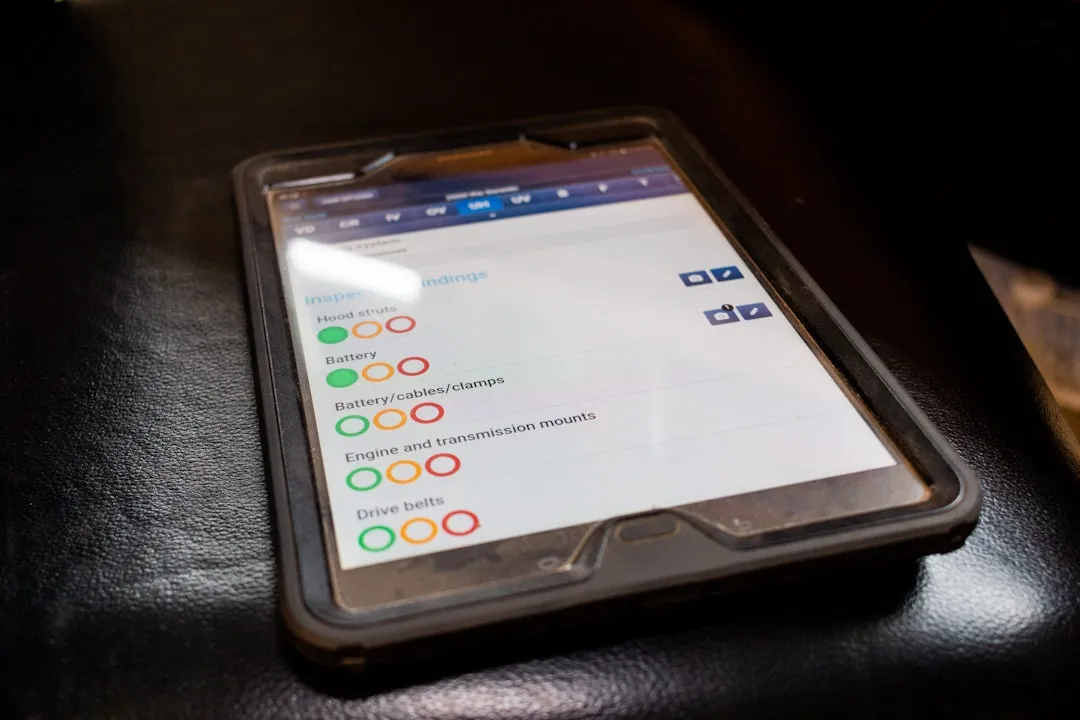


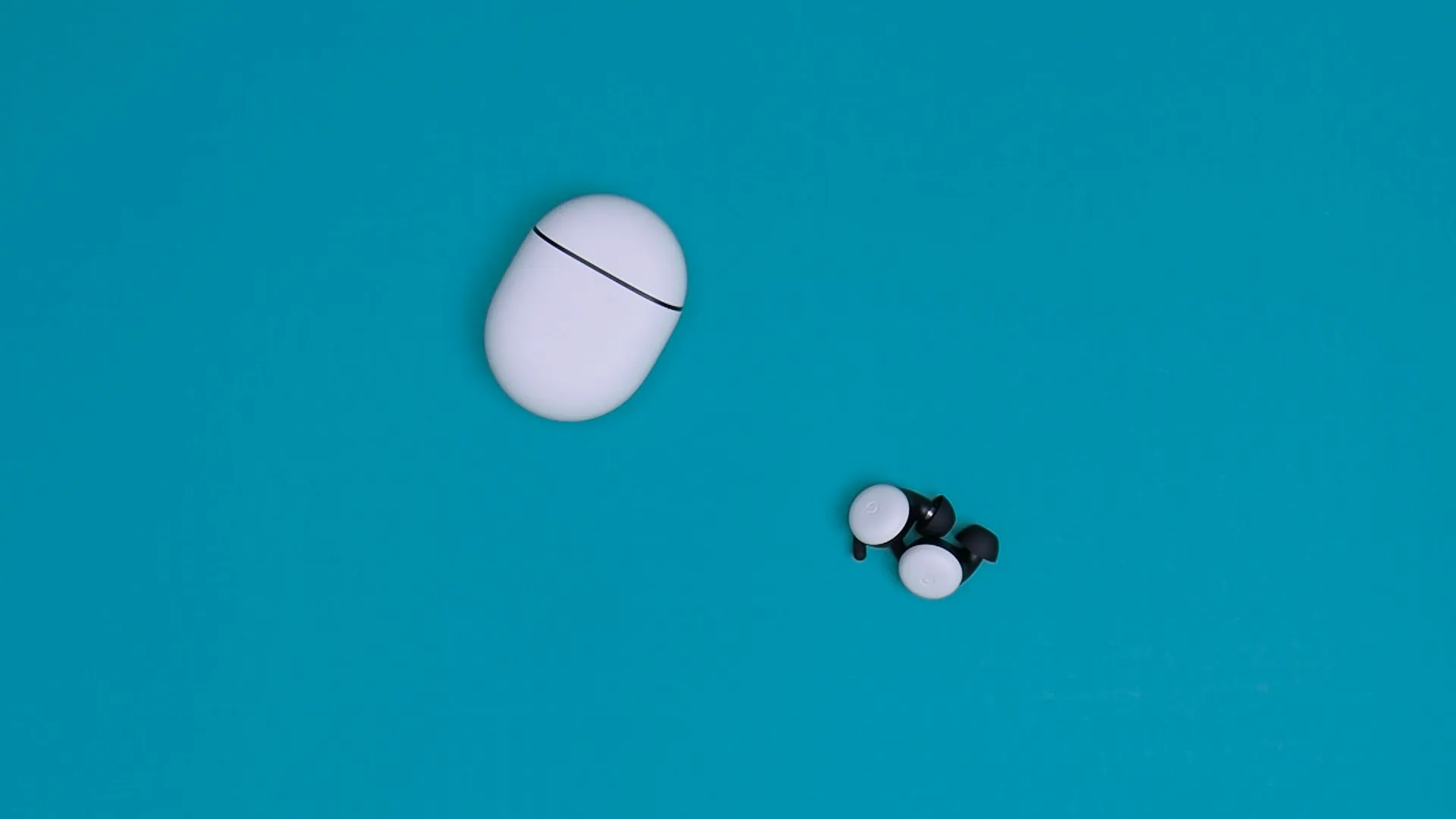



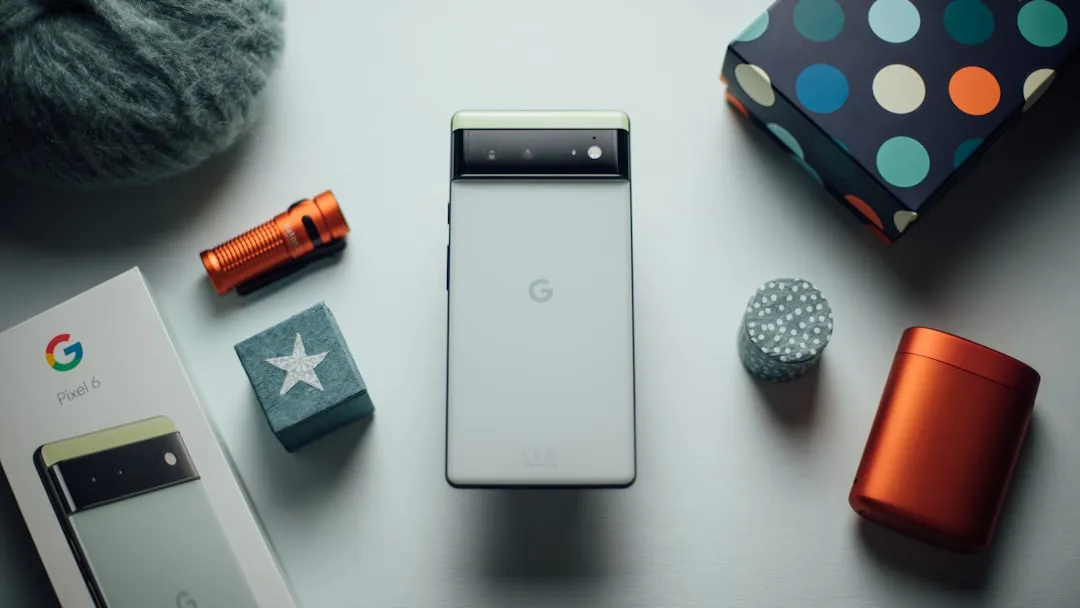
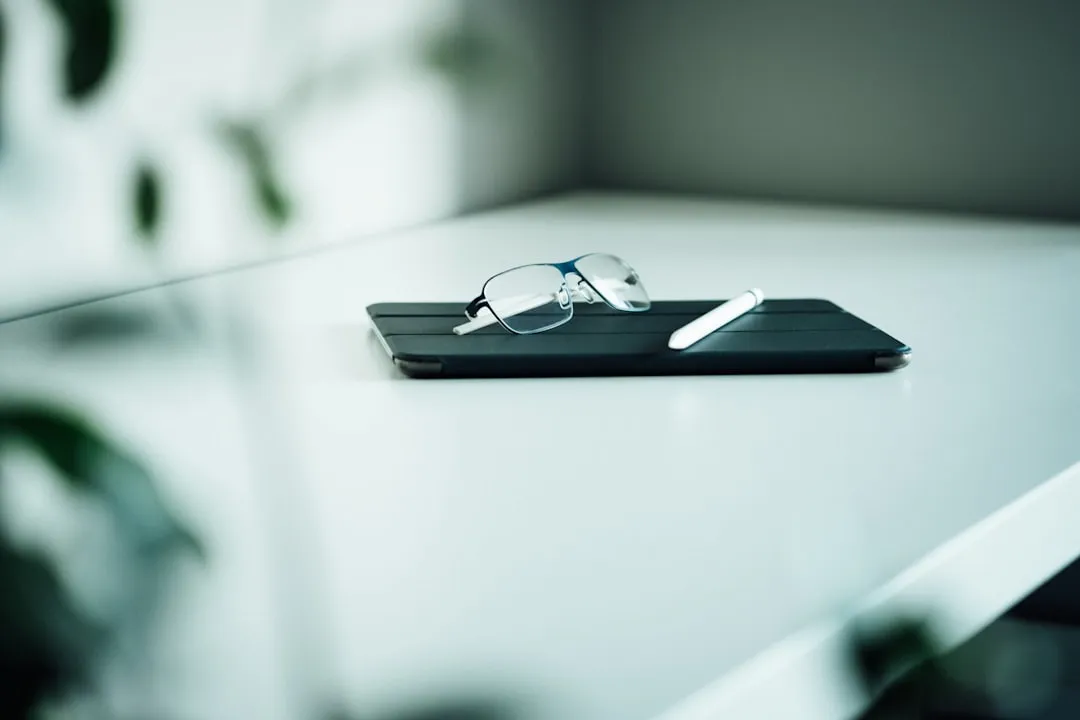
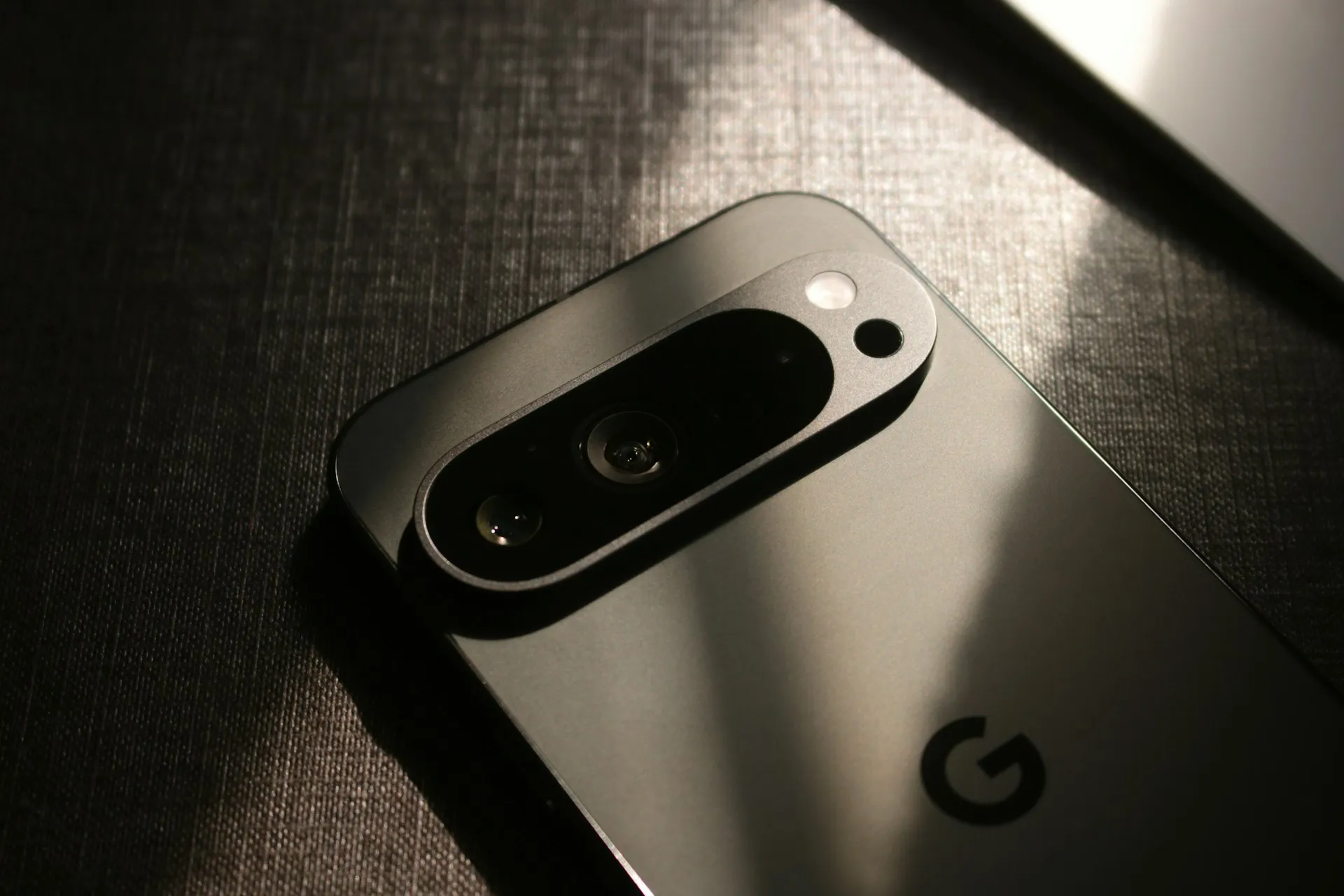
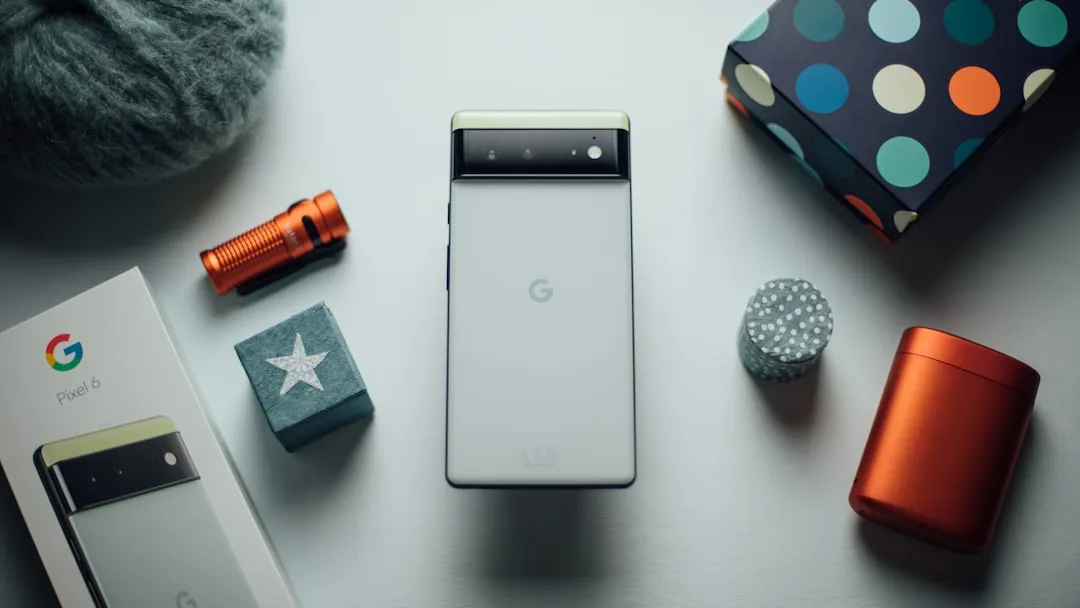
Comments
Be the first, drop a comment!